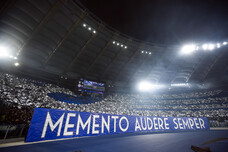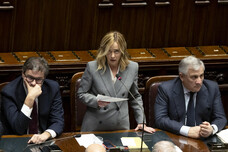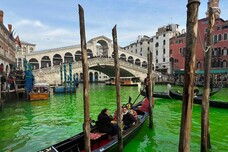A painting of 'Judith Beheading Holofernes' found in an attic in Toulouse, France in 2014 and believed by some to be the work of Caravaggio will go on display at Milan's Brera Art Gallery starting November 10 and running through February 5.
Other works to be displayed next to the disputed Caravaggio are "The Supper at Emmaus", a Caravaggio work from 1601, and a copy of "Judith Beheading Holofernes" by Flemish painter Louis Finson, who worked with Caravaggio in Naples and saw the original before it disappeared.
The exhibition is subject to two types of controversy - one over the authenticity of the painting as a true Caravaggio work, and the other regarding the right of the Brera Gallery to display the work as a Caravaggio.
Art historian Nicola Spinosa, former director of the Capodimonte Museum in Naples, believes the painting to be the original lost Caravaggio; while Caravaggio expert Mina Gregari is decidedly skeptical.
The French owners of the painting demanded that it be displayed with a question mark after Caravaggio.
In accepting this condition, Brera Art Gallery Director James Bradburne said that proper explanations will be given in the show's catalog.
A member of Brera's scientific committee, Giovanni Agosti, resigned in protest.
Adding an additional level to the controversy are the 120 million euros that the Toulouse family expects to make with the sale of the painting.
ALL RIGHTS RESERVED © Copyright ANSA











